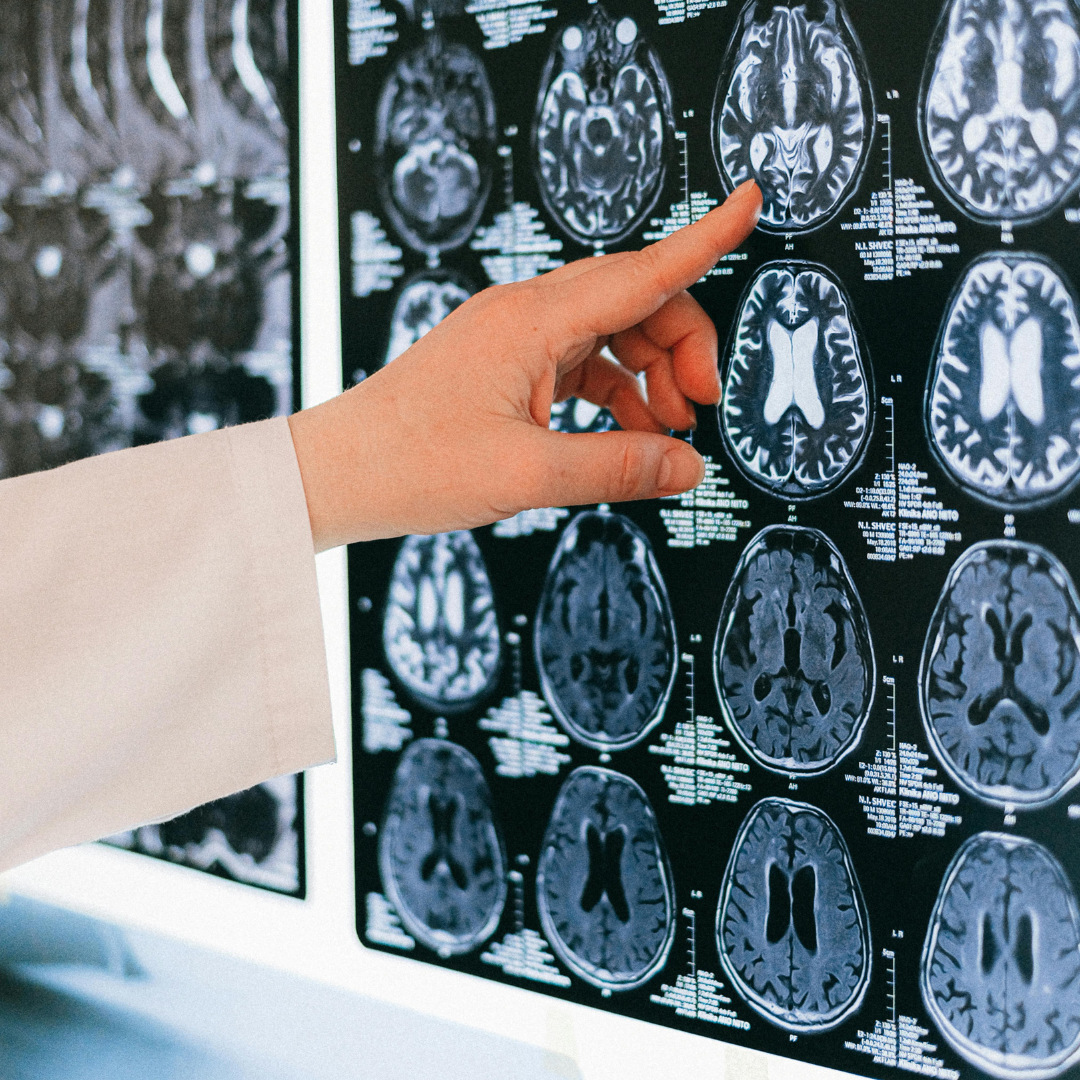Chronic Pain, Addiction, and Recovery

Chronic pain, a complex and often incapacitating condition, affects millions globally. Unfortunately, the management of chronic pain frequently introduces the risk of developing addiction to painkillers and other substances. This intricate relationship has evolved into a substantial public health concern, as an increasing number of individuals grapple with the dual challenges of chronic pain and substance use disorder.
Statistics
The statistics surrounding chronic pain and addiction portray a stark reality for those navigating these intertwined issues. According to the National Institute on Drug Abuse (NIDA), around 50 million Americans endure chronic pain, posing not only a threat to their physical well-being but also a significant risk for addiction development. The severity of the situation is accentuated by the opioid epidemic, where NIDA reports that 21-29% of patients prescribed opioids for chronic pain misuse these medications. This misuse contributes to the alarming surge in opioid addiction, resulting in tragic consequences such as overdoses and fatalities. The pursuit of traditional pain management for chronic conditions often becomes a gateway to various addictions, with prescription medications playing a pivotal role in this intricate relationship.
Most Common Addictions that May Result from Chronic Pain Management:
Opioid Addiction:
Background: Opioid medications, such as oxycodone, hydrocodone, and morphine, are frequently prescribed for managing moderate to severe chronic pain. They work by binding to opioid receptors in the brain, reducing the perception of pain.
Consequence: The euphoric effects of opioids make them highly addictive. Prolonged use can lead to physical dependence, tolerance, and, eventually, addiction. Individuals may find themselves escalating their doses to achieve the same pain relief, inadvertently spiraling into a cycle of dependence and addiction.
Benzodiazepine Addiction:
Background: Benzodiazepines, like diazepam and alprazolam, are sometimes prescribed to manage anxiety and muscle spasms that often accompany chronic pain conditions.
Consequence: Benzodiazepines carry a risk of dependence, primarily when used for an extended period. The calming effects can be habit-forming, and individuals may find themselves relying on these medications not just for pain or anxiety relief but also to manage the stressors of daily life. This reliance may lead to a cycle of dependence, heightening the risk of addiction over time.
Alcohol Dependence:
Background: Some individuals turn to alcohol as a form of self-medication to cope with chronic pain. Alcohol is a central nervous system depressant that can provide temporary relief from physical and emotional discomfort.
Consequence: The regular use of alcohol to manage pain can lead to dependence and, eventually, addiction. Alcohol’s impact on the central nervous system may exacerbate the depressive effects of opioids or other medications, amplifying the risks associated with both substances.
Non-Prescription Drug Abuse:
Background: Frustrated with the limitations of prescribed medications, individuals may turn to non-prescription drugs, such as illicit opioids or stimulants, in an attempt to self-medicate or achieve greater pain relief.
Consequence: The use of non-prescription drugs is fraught with dangers, including the risk of overdose, exposure to unknown substances, and legal consequences. It often represents a desperate attempt to manage pain but can lead to severe health complications.
Psychological Dependence:
Background: The constant pursuit of pain relief can contribute to psychological dependence, wherein individuals become fixated on the need for medications or substances to function normally.
Consequence: Psychological dependence can be challenging to break as it is deeply ingrained in the individual’s perception of pain management. Breaking free from this form of dependence often requires comprehensive treatment addressing both the physical and psychological aspects of addiction, targeting the underlying beliefs and coping mechanisms ingrained during the persistent quest for pain relief.
Seeking Help and Rehabilitation:
Understanding the potential risks of addiction that may arise from traditional pain management is crucial for both healthcare providers and individuals navigating chronic pain. Comprehensive pain management programs should incorporate a multidisciplinary approach, integrating alternative therapies, psychological support, and careful monitoring of prescription medications to mitigate the risk of addiction.
For those already caught in the cycle of addiction resulting from traditional pain management, seeking help becomes a pivotal moment in their journey toward recovery.
Choosing a rehabilitation facility is a crucial decision that can significantly impact the trajectory of this recovery. The importance of selecting a fully accredited facility cannot be overstated, as it ensures adherence to rigorous standards, providing a secure and conducive space for individuals seeking to break free from the shackles of chronic pain and addiction. A reputable rehab facility recognizes the multifaceted nature of chronic pain and addiction, necessitating a comprehensive approach to recovery. This includes incorporating evidence-based therapies, 12-step programs, and holistic treatments into the treatment plan.
- Evidence-Based Therapies: Cognitive-behavioral therapy (CBT), accelerated resolution therapy (ART), motivational interviewing (MI) and other evidence-based therapies are crucial components in addressing the psychological aspects of chronic pain and addiction. These therapeutic modalities equip individuals with coping mechanisms, helping them navigate the challenges and triggers that often accompany chronic pain.
- 12-Step Programs: The integration of 12-step programs, such as those derived from Alcoholics Anonymous, provides a structured framework for self-reflection, accountability, and peer support.
- Holistic Treatments: Holistic treatments recognize that healing extends beyond the physical realm. Incorporating practices such as yoga, meditation, acupuncture, and nutritional counseling ensures a more comprehensive approach to recovery. These complementary therapies contribute to overall well-being, addressing the mind, body, and spirit.
In the complex dynamic of chronic pain, addiction, and recovery, millions face formidable challenges. Chronic pain, impacting physical well-being and posing addiction risks through traditional management, underscores the need for comprehensive solutions. NIDA statistics highlight the widespread impact and concerning rates of opioid misuse. Common addictions stemming from conventional pain management, including opioids, benzodiazepines, alcohol, non-prescription drugs, and psychological dependence, illustrate the severity of the issue. Hope lies in recognizing risks and seeking help from accredited rehab facilities, utilizing evidence-based therapies and holistic treatments for transformative recovery. A nuanced approach to chronic pain and addiction offers individuals a path to reclaim their lives.




